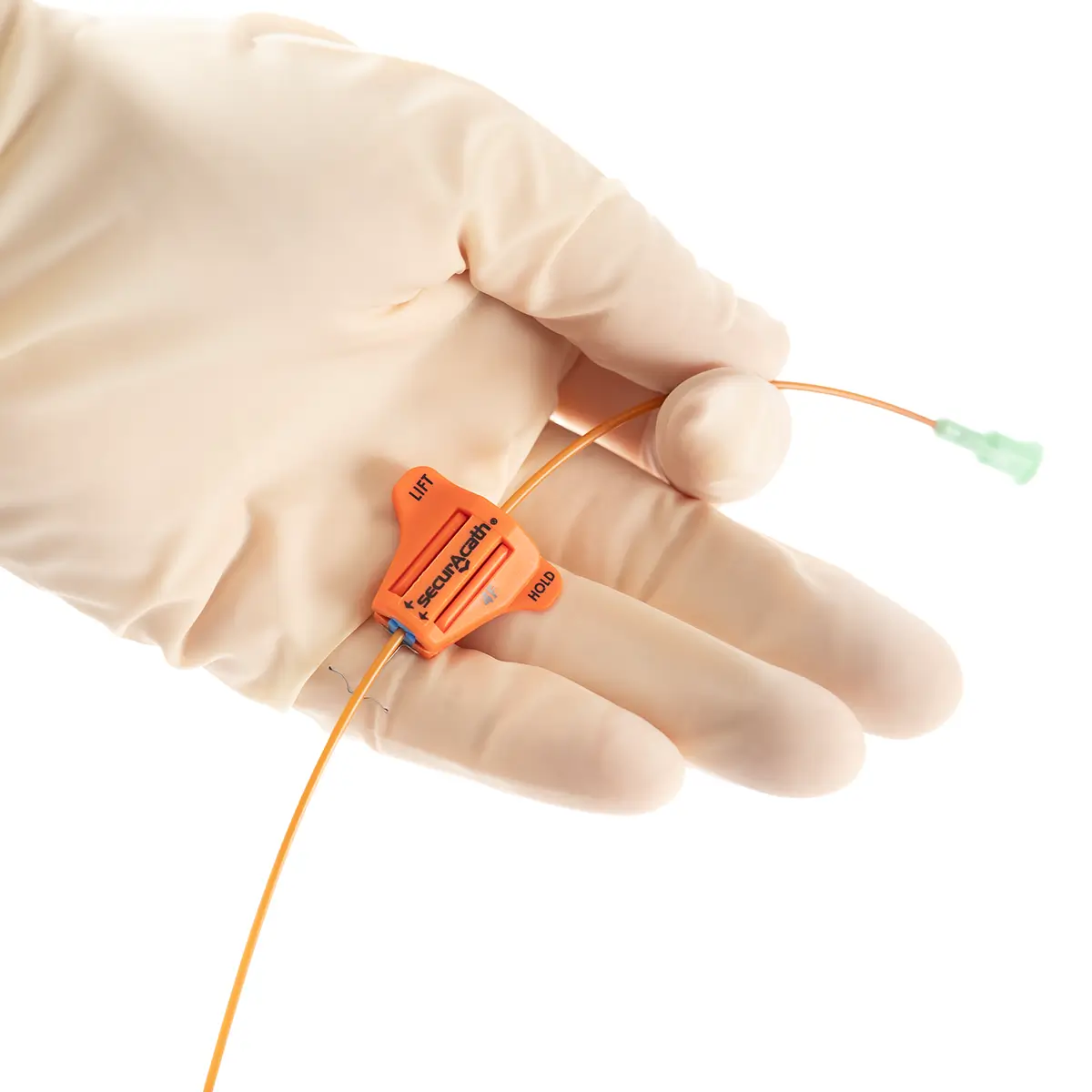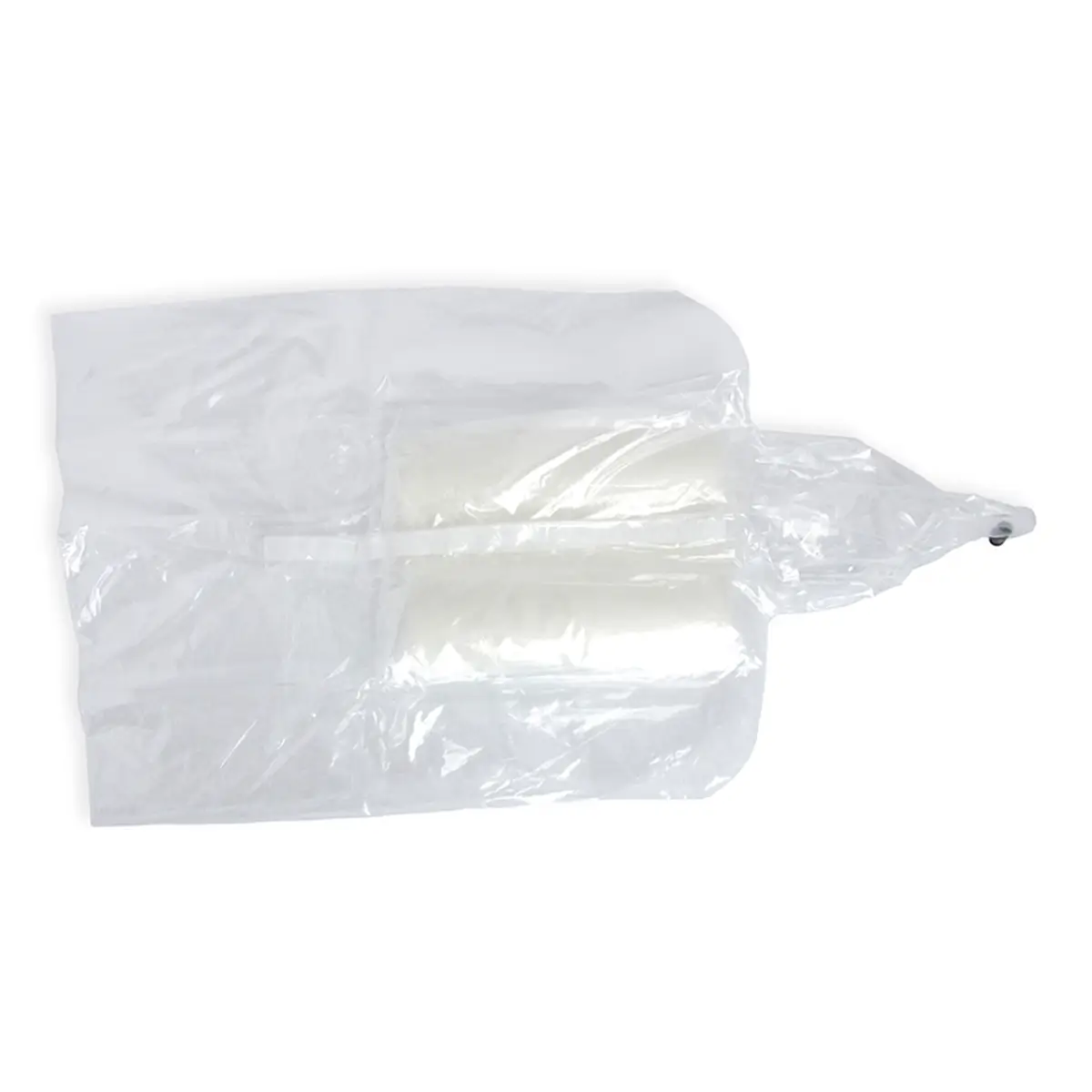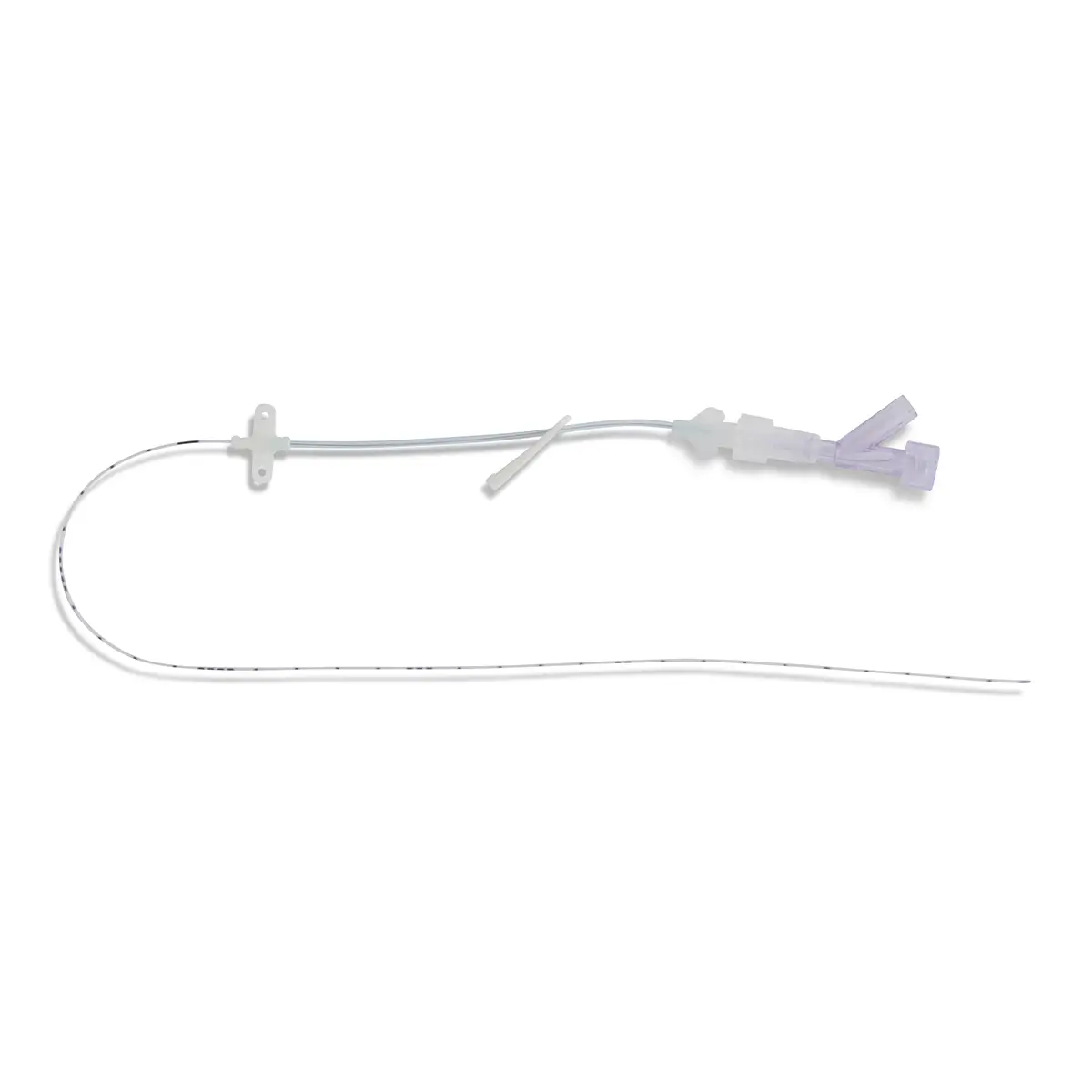Pioneering Midline Catheter from Vygon Saves NHS Trust Over £75k

Pioneering midline catheter is revolutionising patient care and saving more than £75k, reveals study from Gloucestershire Hospitals Trust
A catheter device is transforming patient care and has delivered a significant saving to the NHS, based on a study by Gloucestershire Hospitals NHS Foundation Trust.
The Lifecath midline, from Vygon, is also improving the experience of patients who need therapies such as antibiotics to be delivered intravenously over an extended period, or who need to have blood samples taken regularly.
The key to the success of the Lifecath Midline is the length of time it can remain in situ:
The Lifecath is classified as a Class III product, which means it can stay in place for more than 29 days.
In practice it can be in place for many months.
Not only does that mean that the NHS is paying for only one device for that time – saving money on using several midlines in the same period – but the procedure to insert it is carried out once rather than multiple times, saving time and freeing up medical staff for other duties.
The Lifecath midline has been used successfully at Gloucestershire Hospitals NHS Foundation Trust, which includes Gloucestershire Royal Hospital (GRH) and Cheltenham General Hospital (CGH).
Advanced Nurse Practitioner Julian Phelps has led the implementation of the Lifecath at the Trust, where it is currently used on around 250 patients a year.
“They are typically used for patients who are on antibiotics for six to eight weeks, even up to 12 weeks and they easily last that long,” Julian explains. "The longest we’ve had was for a year, and there are quite a few patients who have had them in for four or five months.
“What we were using before would last about a week, maybe two, and that was it. Also, and this must be something to do with the composition of the lines, they are very good for blood sampling.”
This makes a huge difference to patient experience because, says Julian, it means they do not have to endure repeated procedures to have replacement catheters put in, or to have blood taken. The convenience means that for some patients, therapies that would have previously meant a stay in hospital can now be performed at home, therefore freeing up hospital beds for others who need them.
“For example, with bronchiectasis patients who have exacerbations of their illness, they may need antibiotics for two weeks,” said Julian. “They don’t even come to the hospital anymore. We see them as outpatients.
“They arrive, have a midline, which takes around 20 to 30 minutes, and off they go. They have their antibiotics at home, and no more hospital admissions are required, which is great. They’re delighted because they don’t want to be in hospital.”
“Also, with hospital acquired infections as they are, if someone’s at home they’re far better off than being in hospital and exposed to bugs from other people,” he said.
Julian carried out a study to look at current outcomes under the OPAT service (Outpatient Parenteral Antimicrobial Therapy), which enables medically stable patients who need intravenous antibiotics to be treated at home, and compared them with the previous system.
He found that it saved around £75,000 in ‘bed days’ over the year, and avoiding the need for admission to hospital where possible has further benefits leading to incalculable savings down the line.
Iona Mackenzie, Product Specialist at Vygon added:
“Gloucestershire Hospitals NHS Foundation Trust’s experience shows what an invaluable tool the Lifecath midline is. There’s such an array of benefits, from allowing patients to avoid the distress and anxiety of repeated procedures, to the time that is freed up for hospital staff.
What is also valuable is supporting practitioners to develop new ways of working, resulting in patients receiving treatments in their own home that otherwise could require a significant stay in hospital, and that’s before we talk about the cost saving, which could run into millions if deployed across the entire NHS.
When it comes to vascular access, Vygon is committed to offering the right line for the right patient at right time and we have a range of options, with training available to support healthcare teams to select the optimum solution and follow best practice management of insertions and maintenance.”
In a hospital setting, a further advantage of the Lifecath midline is that it can be inserted at the bedside, with no requirement to take the patient to a clinical room for placement. This feature is crucial when patients cannot be moved – such during the pandemic when Covid positive patients needed to be kept in isolation.






























